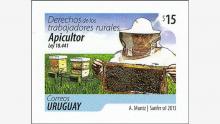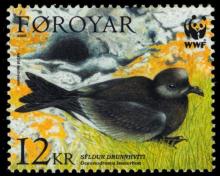Latest update of European wild bird indicators confirms continued decline of farmland birds
The latest data on European common birds, brought together by the Pan-European Common Bird Monitoring Scheme (PECBMS), shows a continued decline of European farmland birds. While the common forest birds are more or less stable over the last 10-15 years, the farmland birds show a staggering decline of 55% since 1980.










